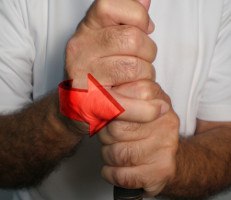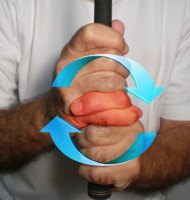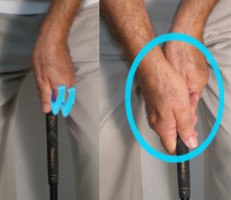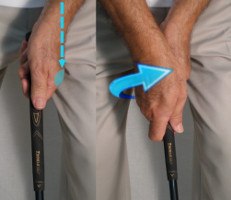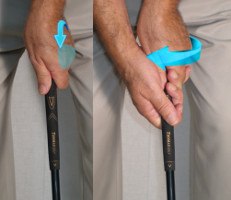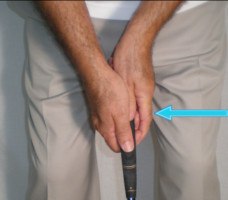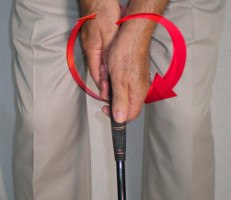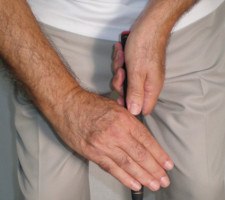Pros and Cons of Every Golf Grip Style |
Best Grip? Overlapping vs Interlocking |
Grip style: Interlocking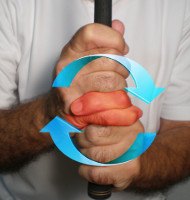 |
Hand position: strong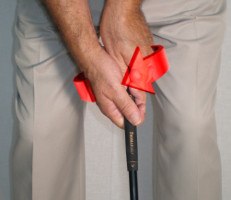 |
Putting grip style / hand position: Reverse overlap / neutral
|
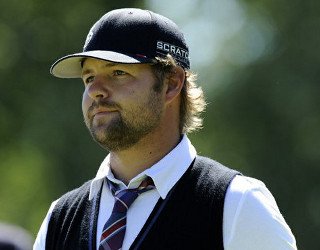
No one who’s seen Ryan Moore grip the golf club should be surprised by his unusual swing. Much like Jim Furyk, Moore does things a little differently from start to finish.
Sure, Moore’s hold veers well to the strong side, especially for a pro. But he’s got company there – Fred Couples, Dustin Johnson and Ryan Palmer are among the pros with super-strong grips. What makes Moore’s different is the placement of his left thumb. He extends it so far down the club’s handle, the bottom of the thumb protrudes into the space between his right thumb and forefinger.
This method makes Moore’s grip very “palmsy,” if you will. In other words, he wraps the handle considerably more in his palms – and less in his fingers – than most golfers. It certainly unites the hands, as does Moore’s interlocking style. The four-time PGA TOUR winner’s grip also helps explain the very large angle between his arms and the shaft at address.
Ryan Moore’s grip on the greens isn’t exactly conventional, either. In fact, it’s just like the grip Furyk employs for full shots – double overlapping, with the right hand’s little and ring fingers draped over the corresponding digits on his left hand. The object, as with most good putting grips, is to mold the hands together and minimize wrist movement.
Odd but effective – Moore’s grip, swing and even his wardrobe fit the same pattern. Maybe that’s why he’s so consistent.
